Visiting Museu do Traje (Algarve Costume Museum) in São Brás de Alportel
São Brás de Alportel is famous for its cork industry, as the region is one of the largest cork producers in the world. Although the industry hub has now moved to other parts of the country, the town still has many important cork factories.
Another key attraction in the town is the Museu do Traje (the Costume Museum) which showcases the clothing worn in the Agrave region in the 19th and 20th century.
Set up in 1986, the Costume Museum is a part of the Santa Casa da Misericordia of São Brás de Alportel, a local private charitable organisation. Housed in a late 19th century mansion that at one time belonged to a rich cork industrialist, the museum has exhibits that promote the region's history and identity.
After purchasing the entry tickets (reasonably priced at under 5 Euro per person), we spent some time talking to the friendly receptionist who was happy to share her knowledge about the local history and the cork industry and then we made our way to the self guided tour.
The first part of the tour was titled 'Gears of Time' and displays a mechanism (machine) that was recovered from the clock tower of a local church (which operated between 1903 and 1920). It was purchased by João Viegas Louro, a prominent cork dealer, who then donated it. The walls of this first room are done up by a group of graffiti artists based on the theme of the popular Portuguese tongue-twister 'Time asked Time what time Time had'.
The next few galleries depict the fashion of the times starting from the 1900 onwards. The life-sized mannequins of women displayed elegant dresses inspired by the romanticism that was very popular in the Algarve up until the late 19th century.
In the photo below, you can see child-sized mannequins dressed in military garb. This type of clothing was in fashion those days and symbolised the standards of discipline that was sought in young children.
After the First World War, there were various social and economic changes and the period also saw the arrival of daring new female fashion. Cloche hats (bell shaped hats), 'La garçonne' hairstyles (flapper cut/boyish hair cut), low waistlines, shorter skirts and beaded dresses were the new styles in fashion.
This is the last gallery dedicated to fashion.
Next is the kitchen. As you would expect, the kitchen was the life of the house when it was lived in. The wood stove burned all day long and maids worked away to prepare meals for the household. You can see copper, clay and enamel utensils that were commonly used in every 19th century kitchen.
You can have a go at the grinding wheel in the kitchen which was traditionally used to grind corn.
Once you are done exploring the kitchen, you can head out to explore the farm houses. Contained within a very long building, these farm houses with large green wooden doors house different workshops currently. In the days gone by, they were used to store agricultural tools, utensils, food products, vehicles and even farm animals.
One of the craft workshops in the farm houses is called the 'Palmas Douradas' (Golden Palm Leaf) workshop and it is dedicated to the creation of accessories and objects made with the Dwarf Palm leaves that are found growing in the mountains and countryside of the Algarve.
All the objects that you see in this workshop are the creations of an artist named Maria João Gomes.
Maria's family is originally from the Algarve but they moved to Paris and she would visit the Algarve on holidays to spend time with her grandparents. This is when her interest in making things from palm leaves started. Maria went on to learn many different techniques of intertwining the palm leaves. Her artisanal knowledge acquired over many years along with her creative inclination led to the creation of the brand 'Palmas Douradas'. Maria's creations have been featured on catwalks and popular fashion magazine covers. If you are interested in learning about the technique of creating beautiful objects from palm leaf, then you can attend one of the workshops held here. You can even buy the items on display. they would make a fantastic souvenir from Portugal.
Once you are ready to explore other areas of the museum, you can head out and go to the nextdoor gallery where you will learn about the history of the cork industry in the Algarve.
São Brás de Alportel is known for its cork industry, which has been an important part of the local economy for centuries. The region is one of the largest cork producers in the world, and the cork industry is deeply ingrained in the culture and traditions of the area.
It all began in the 1860s when Miguel Dias de Andrade, the very first owner and resident of the museum building, began to produce and export cork.
Cork is the bark of the cork oak tree, which is native to the Mediterranean region, including Portugal. The cork oak forests of the Algarve region are some of the oldest and most extensive in the world, and they have been sustainably managed for generations.
The cork industry in São Brás de Alportel is centered around the harvesting and processing of cork bark. The harvesting process is carefully managed to ensure that the trees are not damaged, and the bark is stripped from the trees every 9 to 12 years. Each cork oak tree lives for over 200 years, so the bark stripping happens many times in the lifetime of each tree.
The harvested cork bark is then processed to remove impurities and create cork products such as stoppers for wine bottles, flooring tiles, insulation material, and other consumer products.
In this area of the museum, you can watch a video on cork production, see samples of cork planks, and also see tool & equipment that are used in the cork manufacturing process.
The next gallery is the Coach House where you can see carriages and carts that were used as hearses.
Next is the Stables where you can learn about manufacturing of clay roof and pavement tiles, another industry that has remained active and operational in the Algarve region even today.
You will also notice that this is the place where tools & accessories for the maintenance of vehicles and animals were stored. So, you will see things like harnesses, blacksmith's tools etc.
Once you are done exploring the farm houses you can head back out again in the open courtyard where you can enjoy a small 'Sensory Garden', as well as observe the functioning of a well, a windmill and a water wheel. The whole set up is operational even today. We gave it a try and the installation brings up water from the well (around 21 metres deep) to a cistern on the top. There is a tunnel that takes you down to observe the inside of the well! It was interesting.
Also in the courtyard, in a semi-covered area, is a selection of animal-drawn traditional vehicles. Each vehicle was adapted to a particular function like travel, farm work, transportation of goods or leisure pursuits. You can read more about these on the information boards located near the exhibits.
There is a small cafeteria also on site but this was closed when we visited. If open, you can end your tour of the museum here by trying out some local sweets and drinks.
Overall, we enjoyed this small museum. It was informative, the exhibits were well laid out and labelled and the staff was welcoming and friendly.
Do visit if you are heading to the Algarve region of Portugal.
Museu do Traje | Rua Dr. José Dias Sancho, 61, São Brás de Alportel, Portugal
Phone | +351 289 840 100
Email | [email protected]

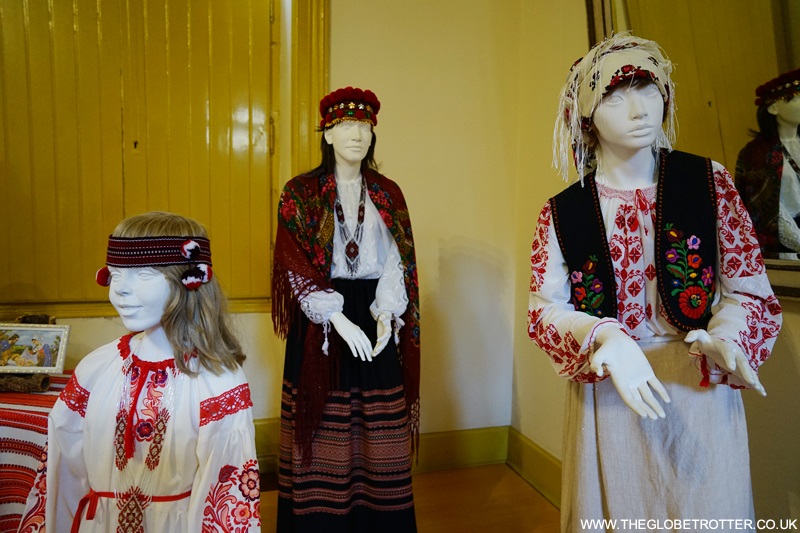
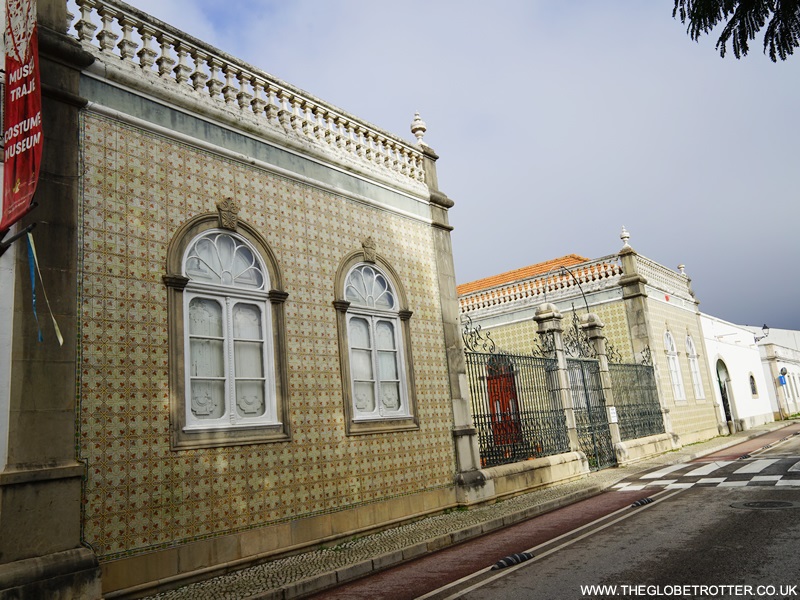


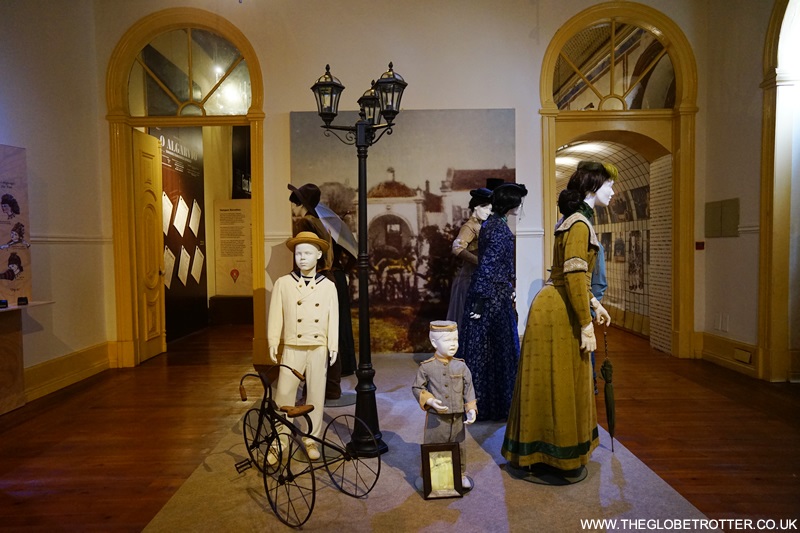


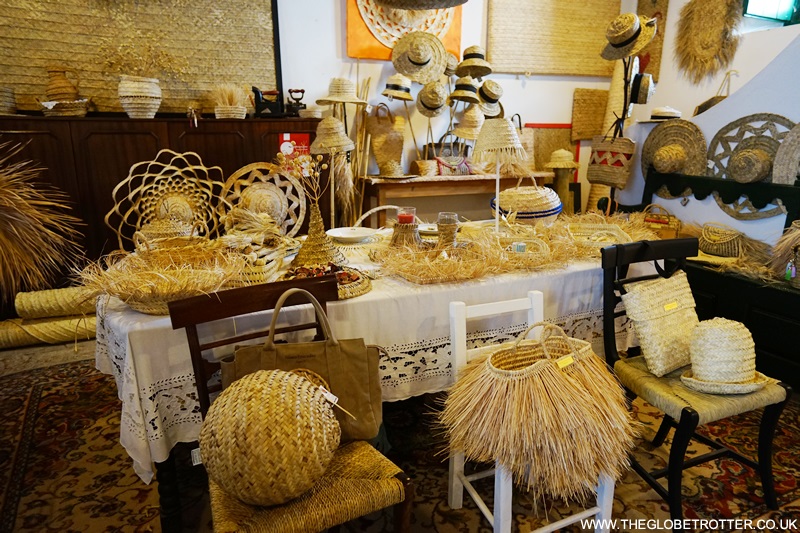




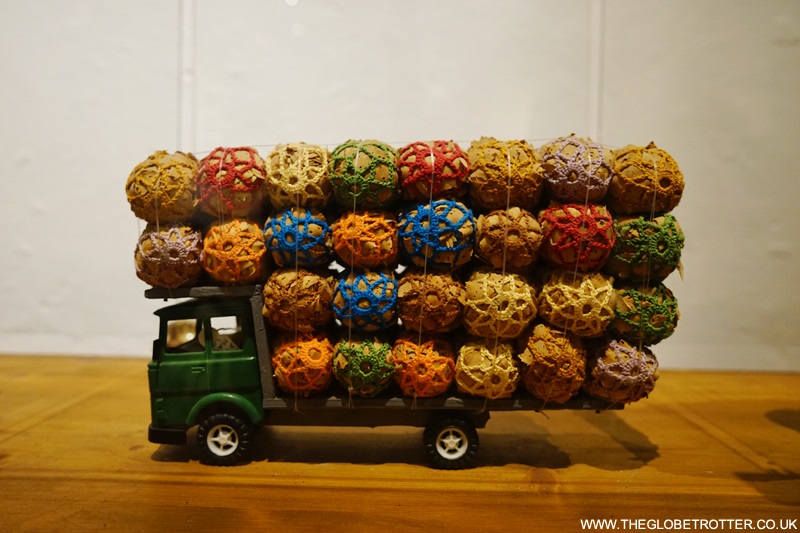
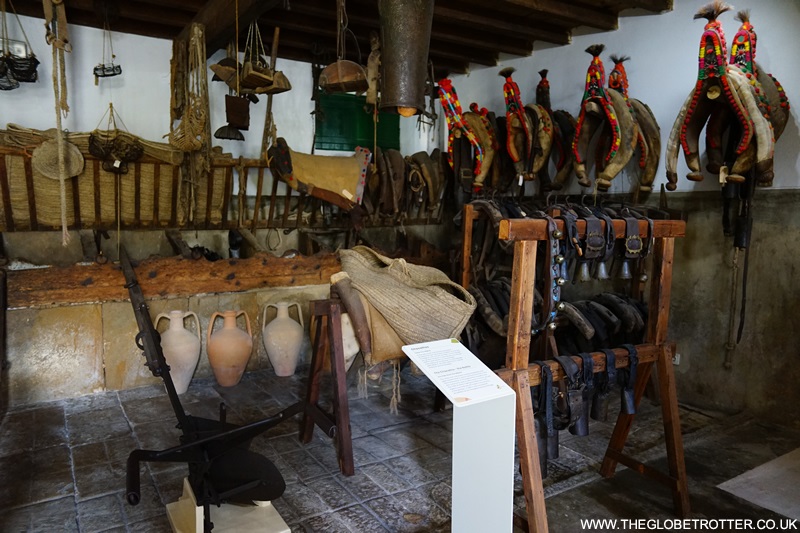

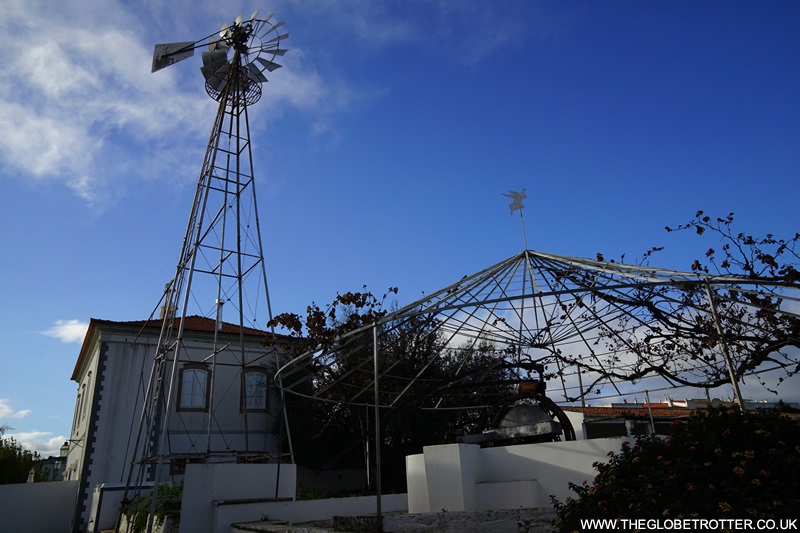

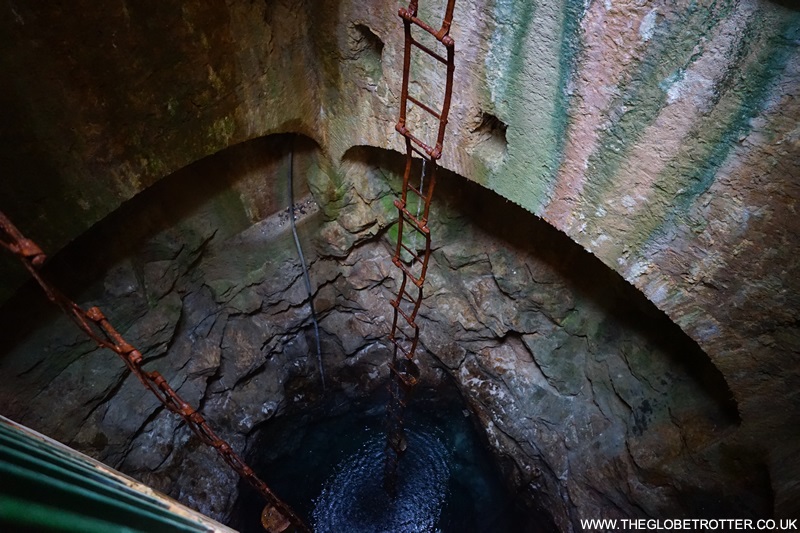
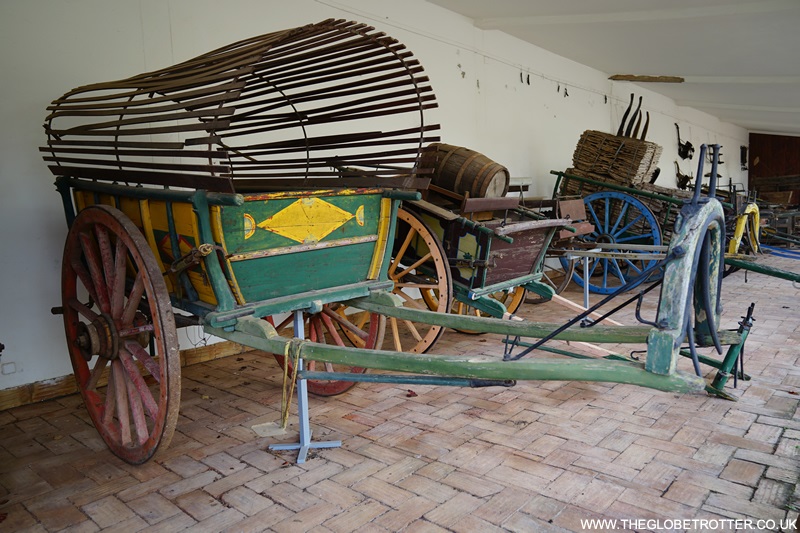
Post a Comment